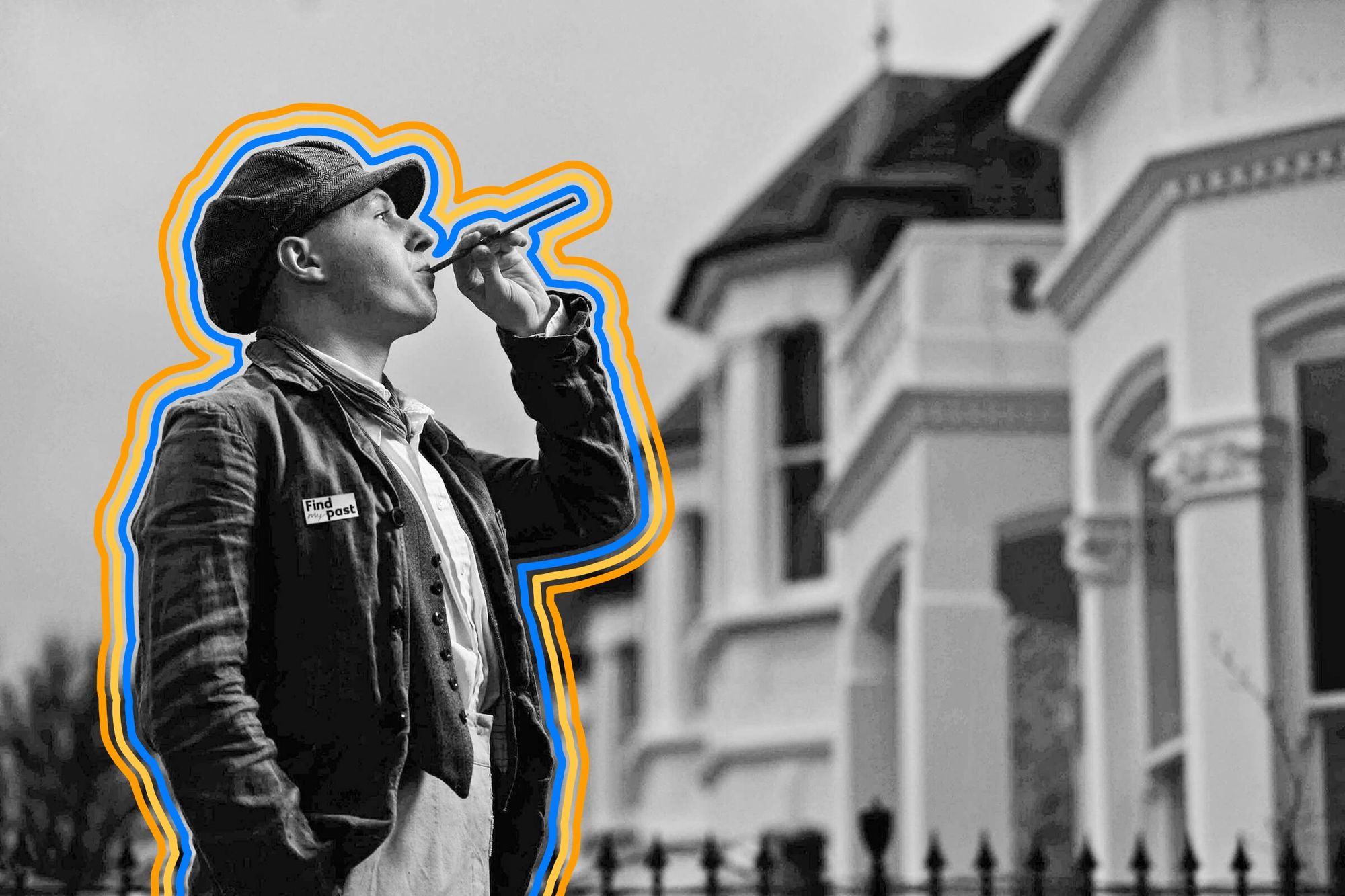

Gone is the soda jerk and milkman. The telegraphists and the bowling alley pinsetters are relics of the past. The haberdasher, town crier, and lowly VCR repairman have all gone the way of the lamplighter. And that’s just during the 20th century! Due to advances in technology and the evolution of society, many occupations that were once considered essential no longer exist in today’s job market. Here’s a look at 13 common professions that have disappeared over the past few centuries.
Groom of the Stool

Starting back in Tudor times, the Groom of the Stool handled all of the English king’s toilet-related needs. Whenever the monarch had to evacuate his bowels, the groom would accompany him to the toilet — a bowl of water and towel in tow. While the job might sound (literally) crappy, it was a powerful position. Because of the intimacy involved, it was common for the Groom of the Stool to become one of the king’s closest confidantes. The role wasn’t abolished until 1901.
Computer

For centuries, “computer” was a job description for flesh-and-blood humans. (The word literally means “a person who computes.”) During the Enlightenment, freelance computers helped scientists double- check their math. Through the 1800s, human computers analyzed data and did calculations at astronomical observatories, helping publish nautical almanacs and predicting the passing of comets. At the turn of the 20th century, human computers in the U.S. government — usually women — did calculations that eventually helped launch people into space. Their story is now immortalized in the 2016 film Hidden Figures.
Hurrier

Coal mines were never fun places to work. But in the early 1800s, some coal chutes and tunnels were only 2 feet high. Coal was transported up these tunnels in baskets called “corfs,” which were pushed and pulled along a system of rails. The people doing the pushing and pulling? They were hurriers — small boys or girls, sometimes as young as 4 years old. Because the tunnels were so tight, many hurriers pushed the coal by walking on all fours, pushing the corf with their heads (causing some children to develop bald spots).
Uinyo

During the early days of Korea’s Joseon dynasty, it was taboo for women to visit male doctors. (Confucian principles — and a spoonful of social shame — demanded strict segregation of the sexes.) Predictably, many women died. So, in the early 1400s, the Korean government allowed some women to practice as female-only doctors, calling them uinyo. Uinyo specialized in giving medical care to other women at state-sponsored health clinics.
Coffee Sniffer

Back in the 1780s, Frederick II of Prussia didn’t like coffee — he considered it a foreign good that didn’t help the local economy. So he tried curbing coffee consumption by imposing an exorbitant 150% tax on it. Citizens revolted. A black market for unroasted, smuggled beans boomed. When Frederick realized this underground market for coffee was hurting his bottom line, he hired a league of 400 “coffee sniffers” to, quite literally, sniff out the smuggled beans.
Sluggard Waker

Churchgoers know that it can be difficult sometimes to keep your eyelids open during a dull sermon. Back in 18th-century England, this problem was remedied by a sluggard-waker, a man whose sole job was to prowl the pews and wake sleepy parishioners — sometimes by hitting them over the head with a brass-tipped stick.
Night Soil Men

In the 19th century, most cities did not have municipal sewer systems. Instead, people relied on outhouses and privies. These, however, were not bottomless pits — they had to be routinely emptied. The person responsible for this unpleasant task was the night soil man. Named because he usually worked under the cover of darkness, the night soil man emptied privies with long-handled buckets and loaded them onto carts, taking the fertilizer to local farms. (But, more often, dumped into the nearest waterway.)
Herb Strewers

Before the invention of the flush toilet in the 18th century, cities often smelled less than desirable. But if you were wealthy enough in the 17th century, you could hire an herb strewer to keep the aroma fresh. King George III, for instance, employed a herb strewer named Mary Rayner, a woman who spent more than 40 years scattering flowers, herbs, and other natural fragrances throughout the royal residence to make it smell welcoming; popular plants included lavender, roses, chamomile, sweet yarrow, basil, marjoram, and violets.
Aircraft Listeners

The first practical demonstration of using radar for aircraft detection occurred in the 1930s. By then, airplanes had already been taking flight for more than three decades. Consequently, during times of war, soldiers had to deploy clever methods to find enemy aircraft. During World War I, aircraft listeners used war tubas, which, according to CNN, were “essentially large horns connected to a stethoscope.” Other aircraft listeners used acoustic mirrors, large concrete dishes that amplified sound coming from above.
Knocker-Uppers

Before the advent of the alarm clock, industrial-era workers who needed help waking up in time for work would hire knocker-uppers. These hardy souls would rise in the early hours of the day and patrol the streets with sticks, tapping on their clients’ bedroom windows each morning. Some knocker-uppers, like Mary Smith, were not fans of the stick method: She roused the local sleepyheads by shooting peas at their window panes.
Linkboys

In William Shakespeare’s Henry IV, Falstaff says, “Thou hast saved me a thousand marks in links and torches, walking with thee in the night betwixt tavern and tavern.” Turns out, that’s a pretty accurate description of a linkboy. Typically a young, low-class male, linkboys escorted pedestrians through dark city streets with a torch. The job eventually became obsolete after cities installed streetlamps. (Incidentally, the phrase “can’t hold a candle to...” was likely a reference to linkboys; anybody who couldn’t “hold a candle” better than a low-class linkboy was viewed as extremely inferior.)
Linotype Operators

Starting in the late 19th century, lines in newspapers and magazines were often created with a linotype machine. The linotype machine was revolutionary for its time. Before the machine, each letter of an article was individually set by hand into a mold for print. The linotype machine eliminated this process by having operators type each line with a special 90-key keyboard, creating a “line o’ type” set in lead, and then that stamp was used to print the text. This technology was used for almost 100 years, eventually tapering off in the ‘60s and ‘70s.
Water Carriers

Water carriers still exist, but they’re an endangered profession. These vital workers have been around for millennia, trudging water from rivers and wells to people’s homes. Some used buckets hanging from a yoke or leather sacks, while others lugged large tankards over their shoulders. And while the water carrier was mostly replaced by modern plumbing, some places still commemorate the once-vital profession. In Hamburg, Germany, a water-carrier named Hans Hummel is celebrated as the local mascot, with more than 100 statues of his likeness sprinkled throughout the city.
